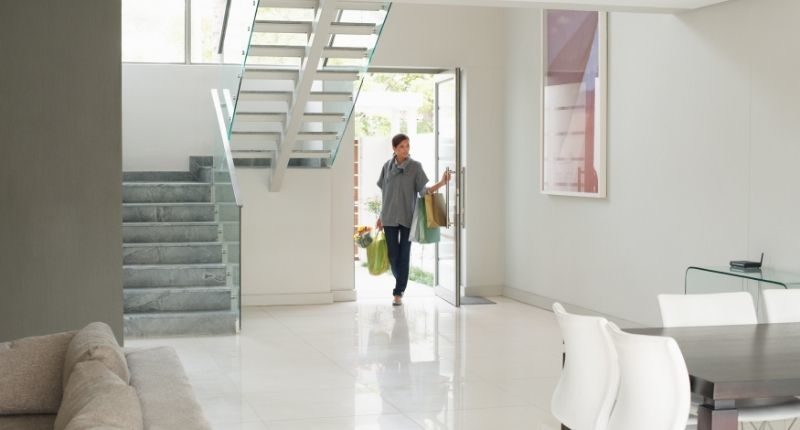- CoreLogic's release for International Women's Day highlights the concerning levels of female homeownership
- Unsurprisingly, the report found women have lower rates of property ownership
- This becomes a challenge to women in retirement
CoreLogic‘s release for International Women’s Day highlights concerning levels of female homeownership.
Eliza Owen is CoreLogic’s Head of Research and author of the report. She says that property is an important element of wealth in both Australia and New Zealand where this study was conducted.
“Unsurprisingly, the report found that rates of male property ownership are generally higher than women, but with important distinctions that highlight the relationship between the gender wealth gap and the gender pay gap, and have implications for institutional response,” she said.
“CoreLogic estimates Australia’s residential real estate to be worth over $7 trillion. Given there’s a high level of equity held in real estate, if you don’t own property, that’s a big source of household wealth and security you don’t have access to.”
Women experience lower rates of property ownership in both Australia and New Zealand.
Rate of Property Ownership by Gender

There is a trend in both countries that women in cities have higher rates of homeownership. These are areas with typically higher home values and higher income levels.
Ms Owen explains that this trend reinforces the idea that property ownership and the accumulation of wealth are ultimately linked to income. Identifying this is important in finding a solution.
“A long-term policy to address rates of female property ownership is to look
to closing the gender pay gap. Pay parity in this sense is linked to wealth parity, and
closing the gender pay gap would support outcomes of self-provision for retirement.”
Months taken to save a 20% deposit

To demonstrate the gender pay gap CoreLogic calculated that women would take ten months longer to save for a 20% deposit on a home than men. (This is based on the average weekly full-time earnings for men and women and the median Australian dwelling value as of January 2021.)
Milena Malev is CoreLogic International’s GM Financial Services & Insurance Solutions. She explains the effect and significance of the gender pay gap.
“We know there’s a gender pay gap, and that income is an important determinant of access to real estate ownership. The ABS reports the pay gap is sitting at 13.4%. An important implication of lower earnings among women is the additional barrier to property ownership this can create.”
Owning a home has a particular impact when an individual approaches retirement. Homeownership reduces household expenses during a time when people generally have low-income rates. Property ownership can also provide a source of income to support living standards throughout retirement.
Ms. Malev highlights the risks this poses for women.
“This wealth gap becomes a particular challenge around retirement, and it’s well documented that if you still have rental or mortgage costs at the time you retire, then you have a much higher incidence of falling into poverty.”
Another notable finding of the report is that dual ownership is by far the most common type of homeownership. This suggests it often requires two incomes to own a home.
Reliance on two incomes puts women at a particular disadvantage as Ms Owen explains.
“Lone households would have less success getting into the property market. What’s important about that, when it comes to women and real estate, is that women make up over 60% of either single-parent or lone adult households.
Yet at the Australia-wide level, sole property ownership among women is less than their male counterparts, which means women are over represented in lone households but they’re underrepresented in property ownership.”
Ms. Malev suggests the responsibility falls on governments and institutions to provide social support.
“The gender pay gap appears to be creating a barrier for entry into the property market among women, and this is amplified for single or lone adult households. Women are more likely to exit property ownership after the dissolution of a marriage and that’s where we see women over 50 among the highest growth rates of homelessness in Australia.
“Savings and investment solutions from lending institutions for those on lower and/or single incomes can help provide a leg up into the wealth accumulation that is associated with property ownership.”








